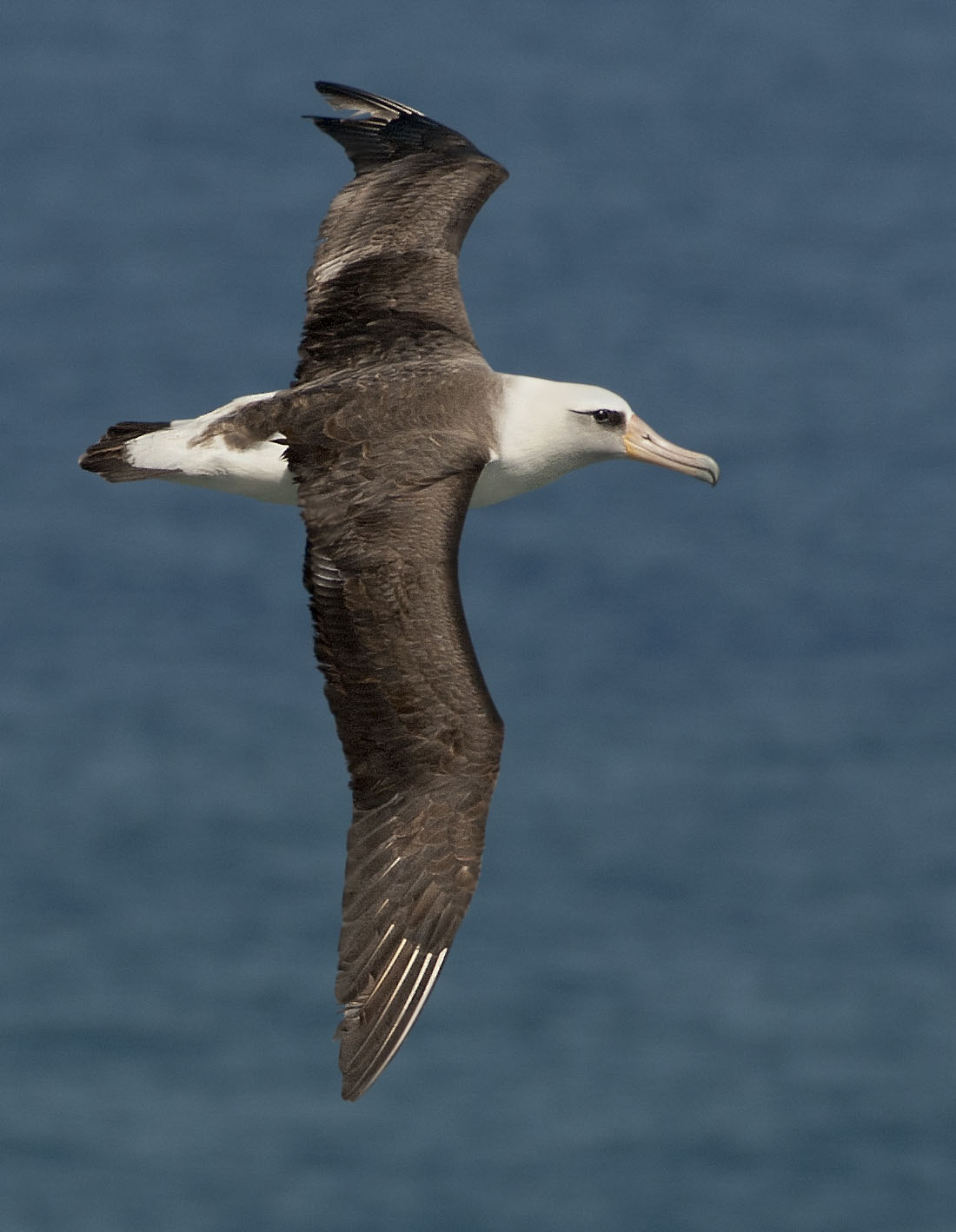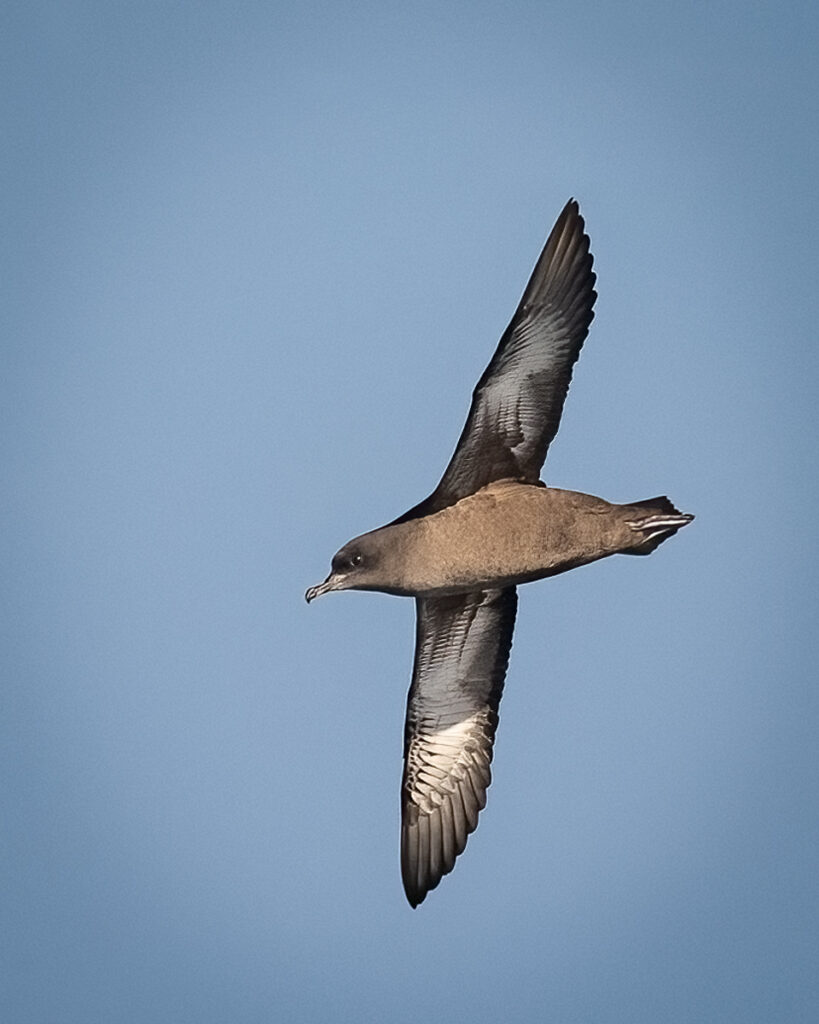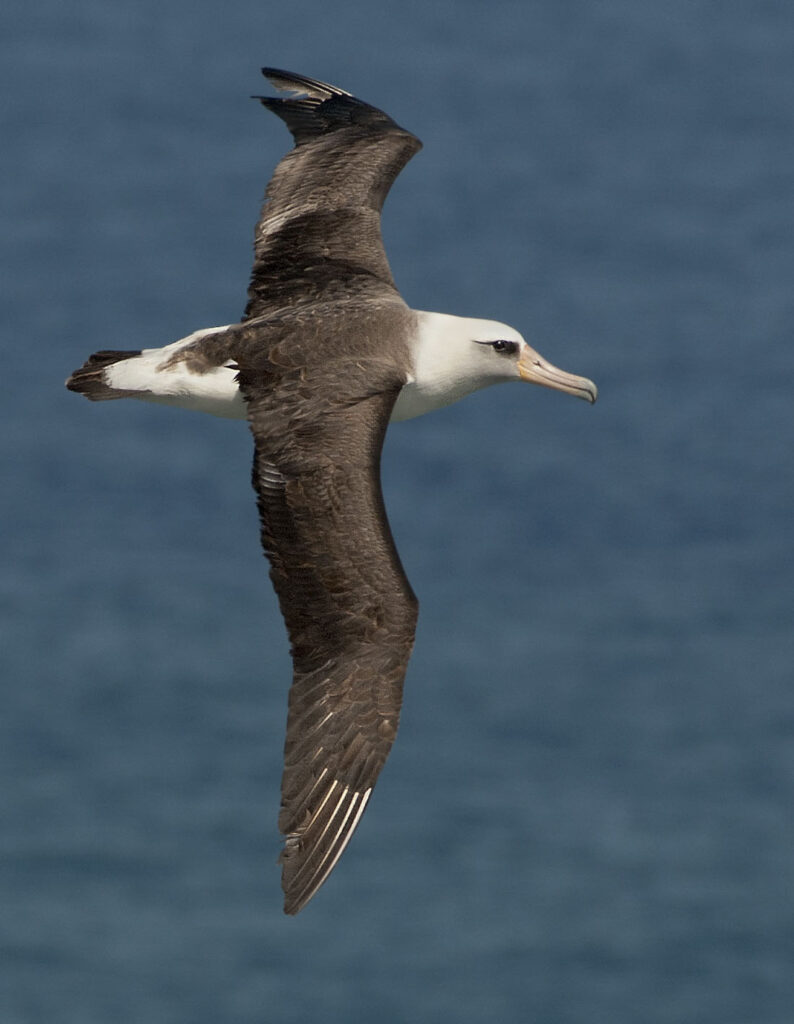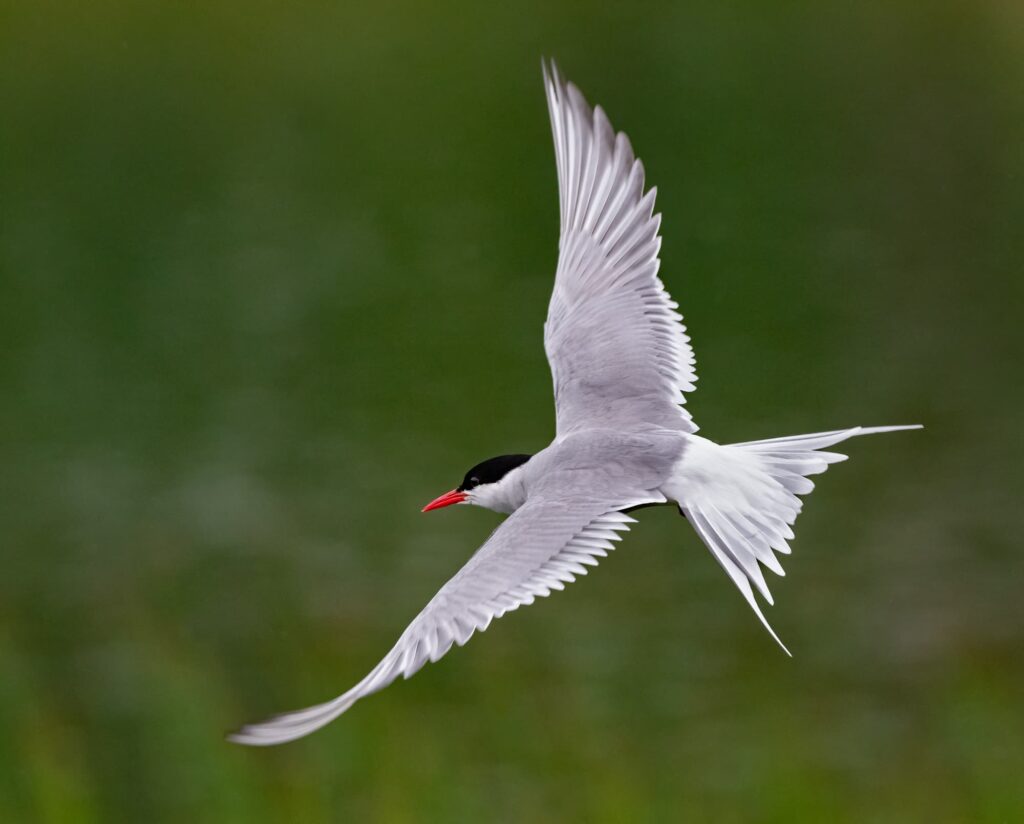
There is something almost timeless about birds that captivate us with their grace and beauty, soaring through the air with unparalleled agility. Yet, beneath and within their feathers lies a mysterious aging process that unfolds with both visible and invisible changes.

As the years pass, we notice the signs a little more each day – creaking knees, eyesight dimming, the hearing a little on the muffled side. Welcome to the glorious aging process, the inevitable cost of our own longevity. But how do animals like birds experience the passing of time? Can we even tell if a bird is old?
Aside from the normal molt of juvenile to adult plumage, being able to tell if a bird is old is not easy to do. Aside from the lack of visual cues like wrinkled beaks or arthritic movements, bird mortality rates are shockingly high, so the chances of any one bird even making it to observable old age is slim. But of course, there are those that do, and one of the most telling signs of aging in birds is their reproductivity levels. As birds advance in years, their brood sizes and frequency will start to decline and also fail.

But there are some species who continue to produce the next generation well into their old age. These tend to be species who are on the relatively large side. Incidentally these birds also tend to display the physical transformation of plumage as they get old, just like us with our graying hair. Their once vibrant and sleek feathers will begin to look ragged and worn, and eventually lose their luster. This can be easier to see in longer-living birds, like the admirable Laysan albatross. Known for their striking white plumage, these seabirds experience easily visible signs as the feathers become faded over time. If you were to compare old and new photographs of the world’s most famous Laysan albatross, Wisdom, you would be able to see the difference in the plumage of this marvelous 73-year-old.
With notoriously high metabolic rates, birds experience aging in a manner distinct from other animals. This high metabolism is a consequence of their efficient respiratory and cardiovascular systems and is the reason they need to constantly consume a lot of food for fuel and learn when and how to conserve their energy. Demanding lifestyles that can involve long-distance migration, rapid flight, courtship rituals, breeding season, molting: a bird’s life is a seemingly never-ending cycle of burning and replacing energy. This accelerated metabolism comes at a cost—birds age rapidly compared to many other vertebrates.

Life expectancy in birds will often correlate to their size—the larger the bird, the longer it lives. Take the petite ruby-throated hummingbird, the shortest-lived bird on the planet. These jewels tend to live somewhere between three and five years, but Golden eagles can live to their mid-twenties, perhaps thirties.

Then there are the exceptions: for some reason that continues to be studied to this day, shorebirds, gulls, and tubenoses— albatrosses, shearwaters, and petrels— often live much longer than their size would normally dictate. The aging process in these birds involves subtle but crucial changes within their vital organs. The sooty shearwater is a seabird known for its remarkable 40,000 mile round-trips across oceans, but after a couple of decades, this experience begins to degrade heart and lung performance, organs essential for sustained flight and diving. The efficiency of oxygen extraction and circulation decreases, which then affects the bird’s overall performance and endurance.Learning about how birds age has led to some remarkable discoveries, such as the Arctic tern’s apparent ability to be physically unaffected by the passage of time. Renowned for their epic migratory journeys covering thousands of miles, these birds maintain peak physical condition throughout their lives despite inevitable aging. This suggests that they have evolved mechanisms to mitigate the effects of aging on their bodies, referred to as physiological integrity. Understanding these mechanisms can provide valuable insights into the complex interplay between aging and survival in the avian world, and, some hope, may even provide us with the ways and means for just a little bit more time.


